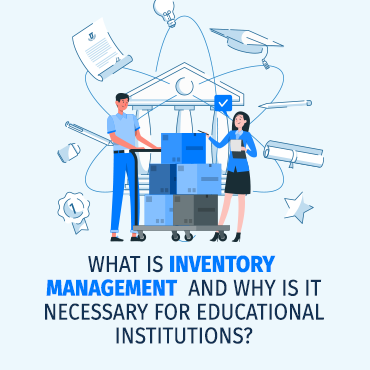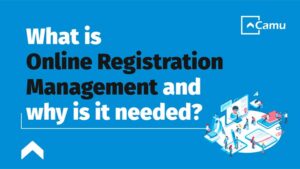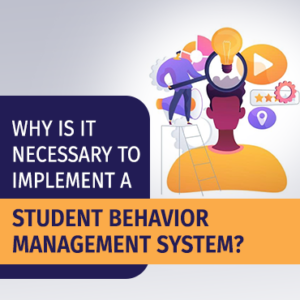
“What is Inventory Management and why is It Necessary for Educational Institutions? “
Why is inventory management important?
Inventory management is one of the core areas of Education, IT infrastructure and facilities management. In educational institutions such as schools, colleges, and universities, inventory management covers all things used by staff and students.
Educational institution inventory includes movable assets such as seats, desks, blackboards, projectors, library assets, and books.
There could be several types of inventory – but all of them need to be managed and accounted for in a school inventory management system. Without inventory management, it will be difficult to estimate the efficiency and cost-to-benefits ratio of inventory.
Why is there a need to manage the inventory of educational institutions?
Using school inventory management software helps to understand if there is an adequate, shortage, or surplus of inventory. For example, for online educational institutions, virtual lab inventory could be finite.
For virtual lab use, there is a limited amount of virtual instances accessible. It is recommended to obtain more inventories if the virtual instances are being overutilized. Similarly, if an educational institution subscribes to too many digital courses and the students do not use a significant portion of these courses, it results in a wastage of resources.
What are some of the features of an inventory management system?
- Barcoding and tagging
- Tracking inventory
- Reporting and business intelligence
- Forecasting inventory
- Alerts and notifications
- Security, encryption, and backups
- Integration support
- Cloud-readiness
- Real-time update concurrency support
- Returns handling and verification
What are the benefits of implementing an inventory management system for an educational institution?
Asset tracking
The educational institution can transparently track assets and school inventory. It could be laptops, personal digital assistants, lab equipment, flash drives, DVDs, subscriptions, timed access to online resources, redeemable vouchers, and so on.
Asset lifecycle management
Movable, immovable, and intangible infrastructure could require lifecycle management within a college inventory management system. For example, laptops might need to be serviced or scrutinized periodically. Another example is when digital libraries need to undergo an audit at set intervals.
Purchase order management
The procurement team can have visibility on purchase orders raised and their statuses from within the college inventory management software. When procuring new assets, such visibility helps in planning for activities. For example, if a college event is being conducted, the procurement team can finalize the dates based on the status of the purchase orders.
Basis this, an educational institution can think of either changing the type of digital courses offered or skimming the list of courses.







